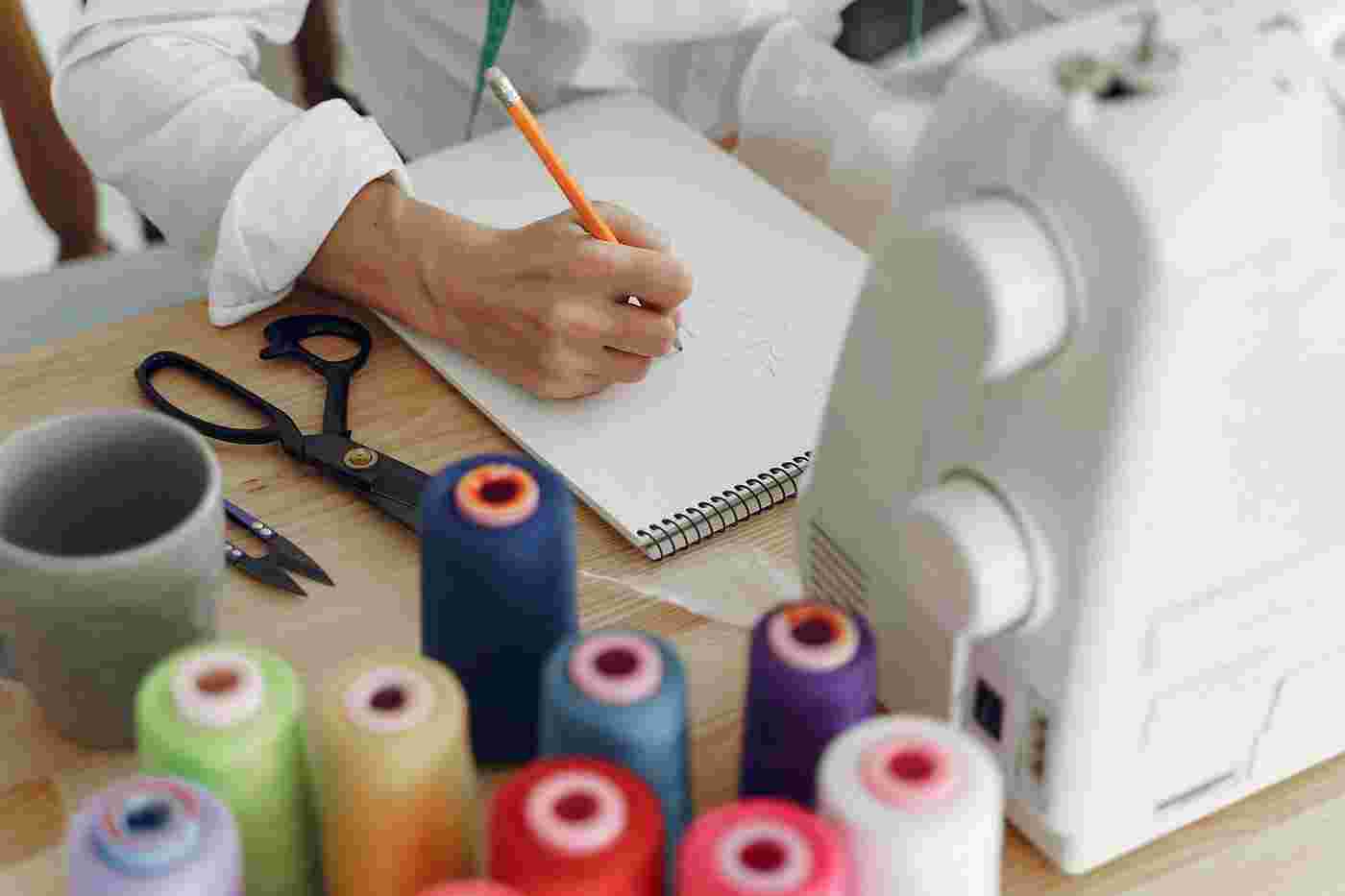Introduction
Embroidery is an art as old as civilization—but in 2025, it's undergoing a smart transformation. Thanks to AI-powered embroidery digitizing , what was once a time-consuming process has evolved into a sleek, intelligent, and hyper-efficient method of bringing textile designs to life. This article dives deep into how artificial intelligence is revolutionizing embroidery digitizing and reshaping fashion workflows across the globe. From smarter software to predictive design tools, the synergy between machine learning and embroidery is unlocking creativity and production potential like never before.
What is Embroidery Digitizing in the AI Era?
At its core, embroidery digitizing converts artwork into machine-readable stitch files. Traditionally, human digitizers manually mapped stitches using specialized software. Now, with the introduction of AI, this process is augmented—reducing errors, increasing speed, and opening doors to creative possibilities through intelligent design predictions and real-time optimization.
The Historical Shift: From Manual to Machine-Learning-Based Digitizing
1. Manual Stitching & Punch Cards
In the early 1900s, embroidery machines were guided using punch cards and required extensive manual programming.
2. Digital Software in the 1990s
The digitizing revolution began with digital tools allowing users to place each stitch virtually.
3. Cloud & Mobile Integration (2010s)
Designers can now upload designs, collaborate remotely, and preview in real-time.
4. AI-Powered Digitizing (2020s–Present)
Smart algorithms analyze images and create embroidery-ready files with minimal human input—marking a new age of intelligent textile creation.
How AI Improves Embroidery Digitizing
Smart Image Interpretation
AI models trained on thousands of embroidery patterns can now distinguish image outlines, gradients, textures, and shadowing. The result? Better interpretation and stitch accuracy.
Predictive Stitch Pathing
Machine learning algorithms optimize stitch direction, density, and types based on fabric type, reducing wear and increasing longevity.
Adaptive Error Checking
AI constantly checks for overlaps, jump stitches, and tension issues, alerting the user before any real-world thread is wasted.
Style Consistency
AI tools preserve design consistency across multiple products—especially important for fashion lines and brand patches.
Use Cases in the Fashion Industry
1. Personalized Fashion Brands
Small brands offering customized embroidery benefit from scalable AI tools to digitize names, logos, and icons in bulk.
2. High Fashion & Haute Couture
Design houses can rapidly test embroidery on digital garments before real-world stitching, speeding up prototyping.
3. On-Demand Apparel Services
Print-on-demand platforms integrate AI to allow customers to upload their designs and instantly view embroidery previews.
4. Corporate Uniform Suppliers
Streamline digitizing patches and logos for thousands of employees—keeping brand consistency without manual repetition.
Benefits of AI in Embroidery Digitizing
-
Speed: Reduce design turnaround by up to 75%.
-
Precision: Achieve higher stitch fidelity with fewer trial runs.
-
Cost Savings: Lower labor costs and minimize thread waste.
-
Design Experimentation: Try multiple stitch patterns without real-world testing.
-
Automation: Integrate into ERP systems for seamless order fulfillment.
Real-World Example: AI in a Mid-Scale Fashion Label
Label Name: ThreadNova (UK-based sustainable fashion startup)
Challenge: Too many manual hours spent digitizing custom customer orders.
AI Integration: Adopted smart digitizing software with auto-vector tracing and stitch pathing.
Results:
-
Order processing time cut by 60%
-
Reduced revision requests by 80%
-
Increased customer retention due to faster delivery and preview tools
Key AI-Powered Embroidery Digitizing Tools to Watch
| Tool Name | Features | Suitable For |
|---|---|---|
| Wilcom Hatch AI | Auto-digitizing, object recognition | SMEs & professional designers |
| Ink/Stitch + AI Plugin | Open-source, customizable AI scripts | Freelancers & hobbyists |
| StitchWise AI Pro | Predictive preview, multi-fabric support | Bulk apparel manufacturers |
Future Outlook: What's Next in Smart Embroidery?
1. Natural Language Design Input
Describe your embroidery idea verbally—AI converts it to a stitch-ready design.
2. AI + Augmented Reality Previews
Virtual try-on for embroidered apparel before production begins.
3. Blockchain-Protected Embroidery Files
AI-generated embroidery files protected for originality and copyright.
4. Environmentally Optimized Stitching
AI analyzes carbon footprint per thread/stitch type and suggests green alternatives.
Tips for Adopting AI Embroidery Digitizing in Your Business
-
Start Small: Test with a few designs before full integration.
-
Invest in Training: Ensure your team knows how to use AI features effectively.
-
Customize Settings: Don't rely on presets—AI improves with user feedback.
-
Stay Updated: Keep your software up-to-date with the latest AI modules.
Conclusion
AI is not replacing embroidery—it's redefining it . With faster turnaround times, smarter design tools, and scalable efficiency, AI-powered embroidery digitizing is leading the way for the fashion and textile industry in 2025 and beyond. Early adopters are already seeing results in creativity, efficiency, and profitability. It's time for embroidery to stitch itself into the smart future.
FAQs
Q1: Is AI embroidery digitizing suitable for small businesses?
Yes, especially with free or low-cost tools entering the market.
Q2: Can AI handle complex multi-layer embroidery designs?
Many advanced AI tools can now manage color blending and layered stitching.
Q3: Does AI reduce the need for professional digitizers?
It augments them—digitizers can now focus more on creative and strategic tasks.
Q4: How secure are AI-generated embroidery files?
With encryption and blockchain options growing, file integrity is more secure than ever.
Q5: Can AI tools recommend the best threads and fabrics?
Yes, many AI systems offer suggestions based on the project type and design complexity.




